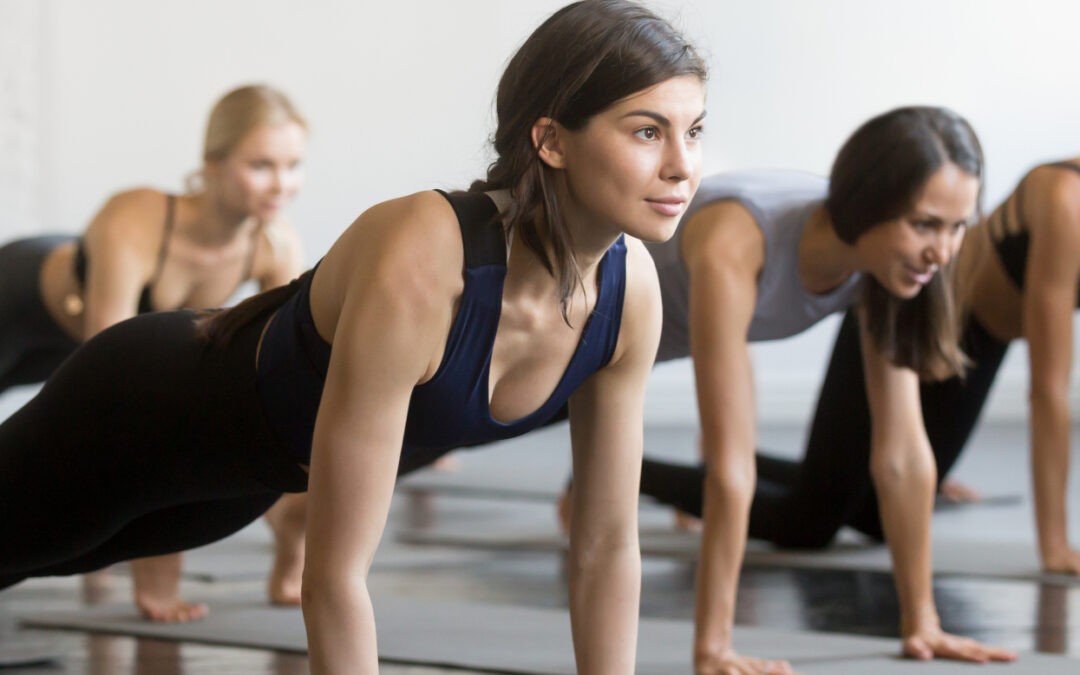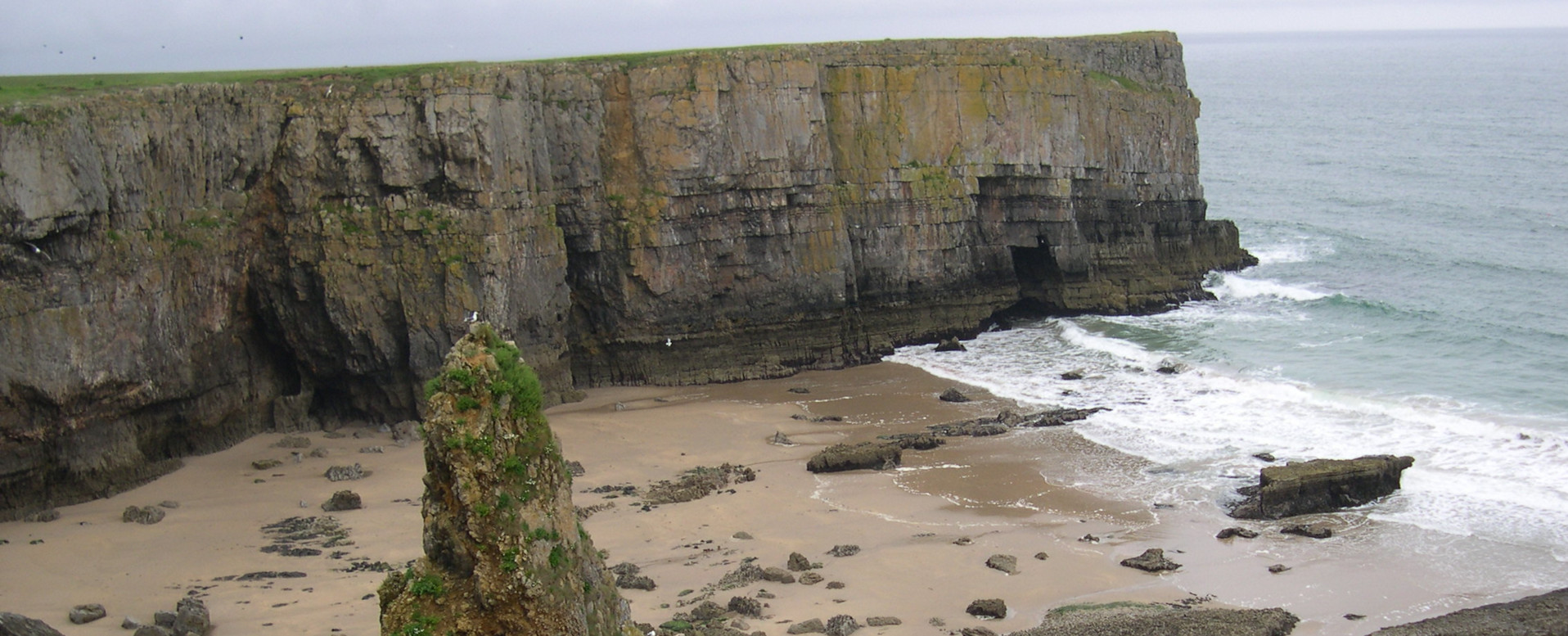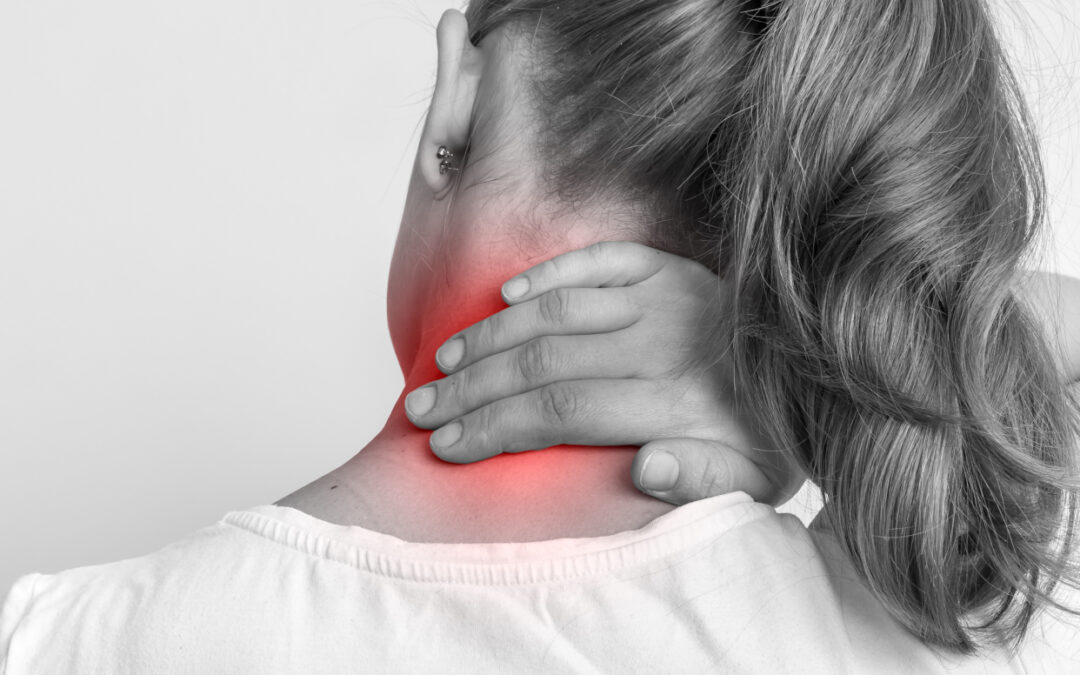Climbing represents ultimate movement training for me. It utilises all of our primal movement patterns in a flowing continuous journey across natures gift of rock.
Our primal movement patterns are considered the fundamental movements required to survive. Without these our ancestors would have limited chance of survival, before we all sat behind desks and started ordering takeaways!
These primal patterns consist of:
Gait (walking, jogging, sprinting).
twisting
pushing
pulling
bending
lunging
squatting (Chek 2003)
Depending on the type of climbing route all of these movements may be utilised in a variety of ways. Even more so on mountaineering routes that wander through a variety of terrain and changing landscapes. The climber may shift from a pushing mantel move to a high foot and rock over (lunge pattern) in a second, quickly followed by a crimping sequence (pulling)that requires a twist and squat to progress to the next move. What better way to practice and improve our fundamental movements than immersed in the elements, with ever changing challenges and surprises.
Climbing is also about mass management. How can I keep myself in balance whilst moving forwards and upwards on ever decreasing hand and foot holds. Optimal core strength and stability really comes into play here to help keep one’s centre of gravity where it needs to be, and to hold positions that buy time to work out the next move. But more than static stability we need dynamic stability as the body is never still, ever. We don’t need to train static planks for minutes on end to improve our core stability, we need to be working dynamically whilst integrating our inner core unit. (Transverse abdominus, multifidus, diaphragm, pelvic floor musculature). and outer sling systems. A good example in a gym environment may be cable work or my personal favourites Pilates and TRX training.
Flexibility is an important component in good climbing technique. The ability to reach that foothold that is just a little further away can really help to push the boundaries and make those reaching big moves whilst keeping control. Disciplines such as Yoga are perfect for maximising these skills, whilst also working to integrate mind and body focus and breathing.
Precision of hand and foot placements can make or break a difficult move, requiring good neuro-muscular control, grip strength and attention to detail. The smallest crystal can be your winning hold but only in one specific direction! The are many climbing specific tools available to hone these skills such as fingerboards.
Climbing requires excellent shoulder stability if we are to remain injury free. Good scapulo-thoracic strength gives us a stable base for the shoulder to work from and prevents non optimal movement of the shoulder when pulling hard on holds. The best climbers will often climb with a ‘feet first’ approach, focusing on optimal foot placement rather than pure shoulder strength to move efficiently and conserve power for the moves that really need it.
The mind is perhaps the most important part of our bodies for climbing outdoors. It is a sport that requires constant thinking and decision making, and a confidence that this is the right move and the next hold will be there when you pull through. If we lose focus or suddenly realise the precarious position we are in it can all slide downhill very quickly with a very real risk of injury.
This for many is the hardest thing to master. We can work on strength, stability and flexibility. We can push and pull and work multi directionally through all planes of movement on the ground. Yet keeping control of the mind and not letting it win when things get tough is a constant challenge.
But there is just something magical about climbing outside, with the feeling of rock under your hand, moving in every which way we were designed to move and mastering the sometimes unconquerable devil that is the mind.
References:
Chek Institute: (2003) Primal Movement Patterns: A NeuroDevelopment Approach to Conditioning.




